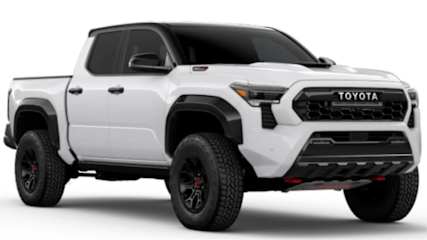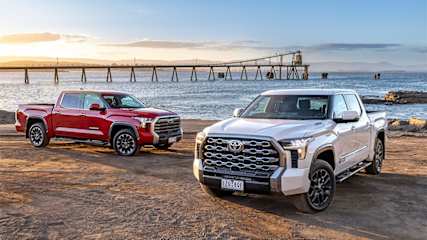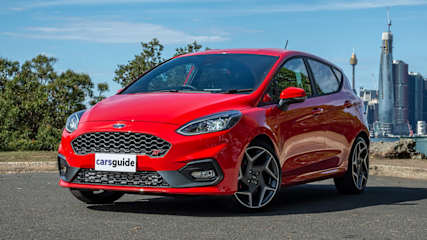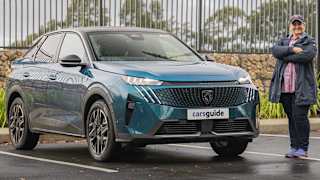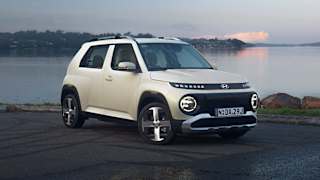The new Toyota HiLux we should get! Here are four reasons why the Toyota Tacoma-based Toyota HiLux won't be bothering the Ford Ranger, BYD Shark 6 and other utes in Australia ... and one reason why it still might!
By Byron Mathioudakis · 11 May 2025
Where on earth is the Toyota Tacoma for Australia?Designed and developed expressly for the North American market, the series has served for over 30 years as the slightly larger and more comfortable cousin to the venerable Toyota HiLux.In fact, the two medium-sized utes were closely related until very recently, even as the Tacoma grew larger and more sophisticated over three generations, where it became the best-selling vehicle in its pick-up segment in the United States – a position held since 2004.Unveiled in 2023, the latest version prompted a high level of anticipation from industry analysts, since it was also expected to become the replacement for the eighth-gen HiLux, which celebrates its 10 anniversary this month.After all, the Tacoma’s timing was spot-on, with the newly-redesigned Ford Ranger ending the Toyota ute’s seven-year reign at the top of the Australian sales charts that same year (and hit number one again in 2024).It doesn’t take too much to figure out why people remain excited about the prospect of a HiLux-badged Tacoma for our market.Key attributes include a formidable presence brought about by its chunky styling, a vast array of grades including a Raptor-aping TRD Pro, huge interior space, sizeable load area, massive step up in safety technology and the availability of a hybrid powertrain option.The Tacoma trails Australia’s 3500kg braked towing capacity maximum yardstick by around 500kg, based on corresponding Canadian figures.That would probably change for our market, especially when you consider that today’s Tacoma is based on the same Toyota New Global Architecture – Frame (TNGA-F) body-on-frame “truck” platform that also underpins the J300 LandCruiser and J250 Prado 4WD SUVs.It is that connection that prompted much speculation over when – rather than if – the Tacoma would arrive in Australia, albeit wearing HiLux badges and possibly having Thai sourcing. After all, if they’re that closely related, wouldn’t they have interchangeable parts with models already offered in this market?As it turns out, Toyota will instead offer three distinctly different medium-sized utes – and it seems Australia will again miss out on the Tacoma after all… or at least, for now.Though unconfirmed officially, we hear from an internal source that a facelifted version of the existing, decade-old Mk8 HiLux will spearhead Toyota’s fight against the Ranger, BYD Shark 6 and co. from next year in Australia.About the only part of the Tacoma – which will remain North American only for the time being – we may see is a variation of its 2.4-litre i-Force turbo-petrol/electric hybrid powertrain, as it has been rumoured to be added to the HiLux facelift, as Toyota Australia starts its move away from diesel.Finally, as outlined previously, Europe, Japan and other lower-carbon regions are set to score the production version of the EPU (Electric Pick-Up) Concept Ute electric vehicle from the 2023 Tokyo Mobility show, though that’s also mooted for Australia too, as a flagship HiLux EV.So, what’s holding the Tacoma back for us?Mainly, it is only produced in Mexico, with annual capacity of around 250,000. And that’s about how many are soaked up in North America alone.Secondly – and this is a major reason – the Tacoma is only currently manufactured in left-hand drive (LHD) guise. And changing that makes no business sense.Typically, engineering for right-hand drive (RHD) in any vehicle program can add hundreds of millions of dollars to costs, and that appears not to have happened in this case. And it's not likely to in the future.Why? Even if Toyota could sell over 50,000 utes annually to match HiLux’s efforts last year in Australia – and that would possibly make us the fictional RHD Tacoma's largest market globally – that’s not nearly enough production volume to recoup development costs.That was reportedly one of the driving forces behind General Motors killing Holden barely two years after local manufacturing ceased in 2017, as there just wasn’t enough volume to justify the expense of changing LHD vehicles over to RHD for Australia. Even for a colossus like Toyota.Additionally, while the UK is another big RHD ute market for the brand, shifting around 30,000 HiLuxes last year, that's still not enough volume, while the vast majority of South African and Thai ute sales - the two remaining big RHD countries – are for more-affordable and lower-spec models. And cheap is not what any TNGA-F vehicle is designed to be.That’s probably the reason why the Tacoma is not earmarked to be built in Thailand, for now anyway. The existing HiLux fills that role far better.Thirdly, should it be green lit for RHD, the Tacoma would also be too expensive even in Australia, anyway, given its Mexican sourcing.This means the cheapest grade would probably cost a lot more than the current most expensive HiLux out of Thailand does. Which, by the way, is also where the Ranger, Isuzu D-Max, Mazda BT-50, Nissan Navara and Mitsubishi Triton also hail from, while the Shark 6, GWM Cannon, LDV Terron 9 and others from China cost even less for what they offer.Tacoma would have no hope matching their prices. The upshot here is that achieving something close to the current HiLux's 50,000 sales annually in Australia would be wildly optimistic as a result.Lastly, with Tacoma sales in the first quarter of 2025 up nearly 180 per cent year-on-year in the USA, there is no incentive for Toyota to compromise production capacity to accommodate the relatively small volume required for Australia.Of course, this could change with the US federal government’s tariffs on non-US made products, that might lead to big price increases for the Tacoma in its main market.While still highly unlikely, that might open the door for RHD exports should US Tacoma sales consequently collapse, though these are still early days.That’s a long shot, and it’s fair to assume that the only way Australians might be able to buy a reasonably-priced Tacoma is if Toyota decides to add production to Thailand, or some other lower-cost base than Mexico. Or follow the larger Tundra ute’s example by having it remanufactured from LHD to RHD in Melbourne.So, no Tacoma-based HiLux, then.Which is a shame, as a ute version of the latest Prado – which what the latest, N400 model essentially is, complete with an i-Force petrol-electric hybrid powertrain – would sound like the HiLux that Toyota should be offering to its fanatically loyal Australian customer base.Do you agree?
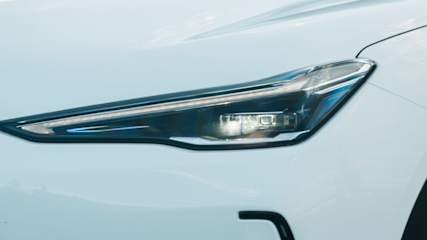

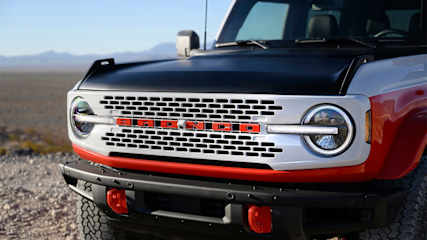
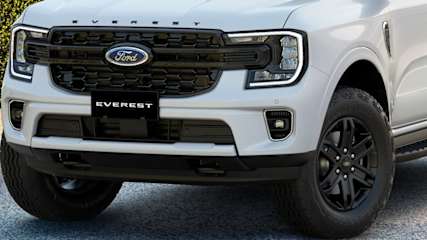
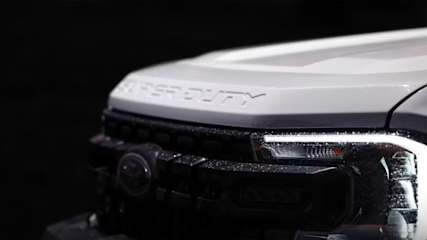
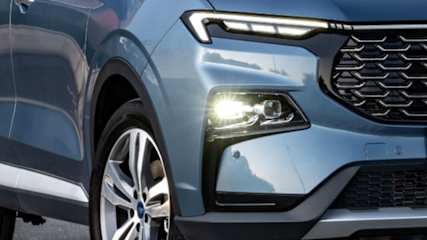
.jpg)
